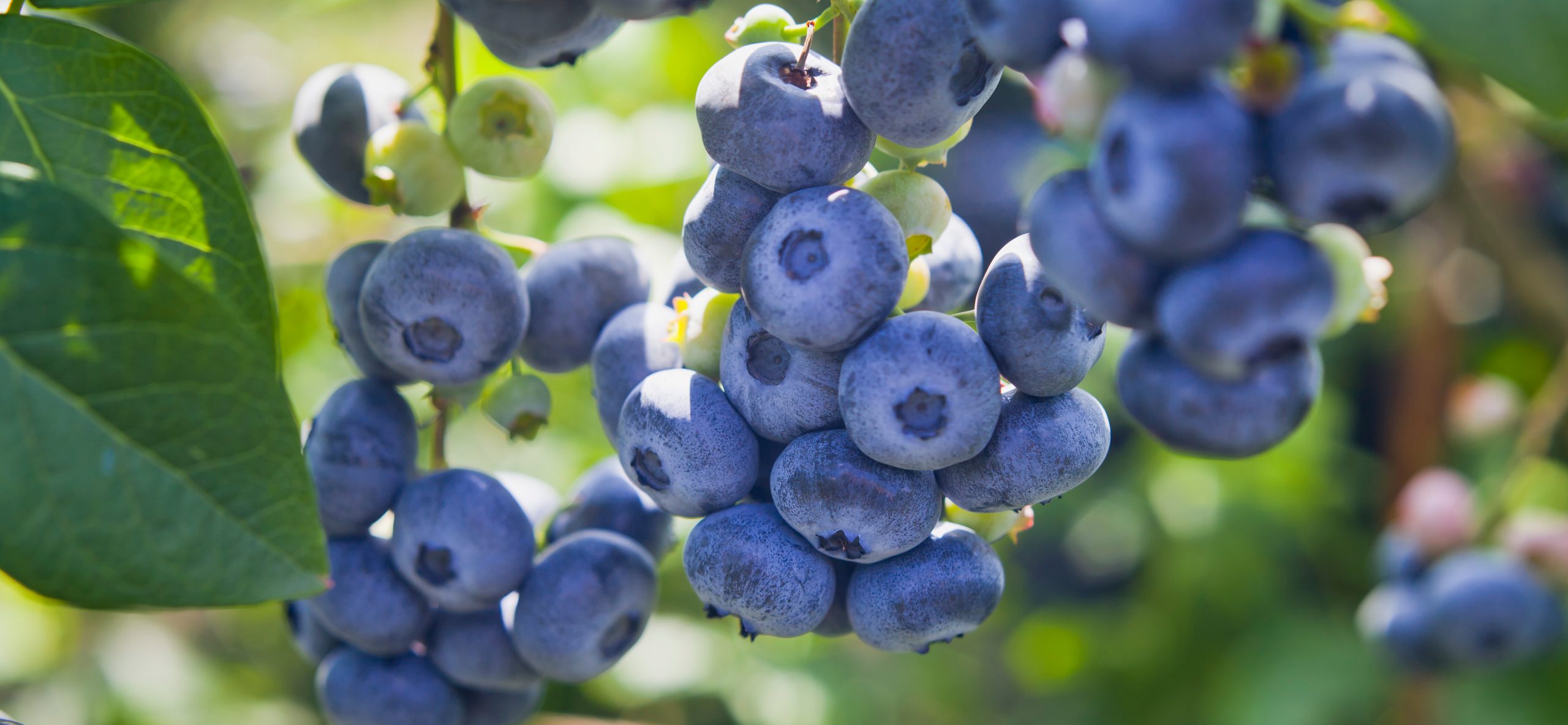Agronometrics in Charts: Review of the blueberry market during this 2022
Blueberries are acclaimed for their flavor, versatility, and health benefits; its consumption has expanded beyond the fresh form, from puree to powder. Growing consumer demand has led to a meteoric rise in global production and trade.

Source: USDA Market News via Agronometrics. (Agronometrics users can view this chart with live updates here!)
Peru
In this season’s campaign that lasted from May to October, Peru sent 153.228.933 kilos of fresh blueberries for $843.725.006, that is, 31% more volume than in the same period of the previous 2021/2022 campaign. , said Cilloniz Benavides, president of Inform@cción. Blueberries are now a $1 billion per year business in Peru. According to 2022 State of the IBO Industry Report, the country has experienced a 16-fold growth in blueberry exports in less than a decade, from 12,951 metric tons (MT) exported at the close of the 2015-16 campaign to an estimated 219,982MT exported in the recent 2021- 22. Peru sent blueberries to 31 countries around the world in the recent campaign, with the United States, Europe, China and the United Kingdom being the main destinations.
The total production of blueberries it constituted about 55 percent of the total blueberry production in South America in the 2021/2022 season. The most significant region in the exports of this crop was La Libertad with a representation of 54,11%, followed by Lambayeque with a representation of 21,16% and Lima with 7,98% of the total. For the 2022-2023 season, Daniel Bustamante, president of Pro-blueberries , projects a 15% growth in the export volume of blueberries for the 2022-2023 campaign compared to the previous season, with shipments expected to culminate in 276.000 tons.

Source: USDA Market News via Agronometrics. (Agronometry users can view this graph with live updates here!)
Chile
An estimated 98.228 tons of fresh blueberries from Chile are expected for the 2022-2023 season, according to the Chilean Blueberry Committee. The projection was made within the framework of the “Blueberries” block carried out at Fruittrade 2022. Peak arrivals in the US market are expected around the last week of December and the first week of January. At the beginning of the year, Chilean fresh blueberry exporters reached an agreement to implement a charter service to the US market called “Blueberry Express”. The service includes chartering of ships by virtue of which a percentage of the cargo will be transported in refrigerated warehouses, which would guarantee the maintenance of the cold chain. Additionally, services at the port of destination would ensure rapid delivery to customers, optimizing the arrival of the fruit to the consumer.
The estimated volumes for the 2022-23 season have decreased by 8% compared to last season, when exports reached 107.187 tons. The main cause of the drop in volumes is the industry’s rigorous focus on supplying premium blueberries to its export markets..

Source: USDA Market News via Agronometrics. (Agronometry users can view this chart with live updates here!)
Mexico
For the 2021/2022 season, Mexico had 9,000 hectares of blueberry production, and its main production regions are: Jalisco (3,200ha), Michoacán (3,000ha) and Sinaloa (2,000ha). ha), the latter being the region that has experienced the greatest growth in recent years. Although Jalisco and Michoacán have almost the same planted hectare, in Jalisco the yield is higher due to the use of technology, which makes Jalisco the leading state in volume in the country with around 50% of the production. About 95% of the production is exported in about 68,300 metric tons (MT), generating $589 million in foreign currency for the country, with Mexican blueberries sold in more than 35 countries and four continents..

Source: USDA Market News via Agronometrics. (Agronometrics users can view this chart with live updates here!)
Blueberry prices, especially in the fall and early winter season, have been falling year after year due to abundant supply from Peru and other countries. These volumes have caused imbalances in the supply/demand market. In October, prices fell below 5 dollars per kilo. Current prices are mainly governed by the Chilean supply, as the flow of blueberries from Peru has been reduced.

Source: USDA Market News via Agronometrics. (Agronometrics users can view this chart with live updates here!)
In our ‘Charts’ series, we work to tell some of the stories that are moving the industry. Feel free to take a look at the other items by doing click here.
All US domestic farm product prices represent the cash market at the point of shipment (ie, packing house/climate-controlled warehouse, etc.). For imported fruit, price data represents the spot market at the port of entry.
You can track the markets daily through Agronometrics, a data visualization tool created to help the industry make sense of the massive amounts of data professionals need to access to make informed decisions. If you found the information and graphics in this article helpful, please feel free to visit us at www.agronometrics.com , where you can easily access these same charts, or explore the other 21 commodities we currently track.
27/12/2022







